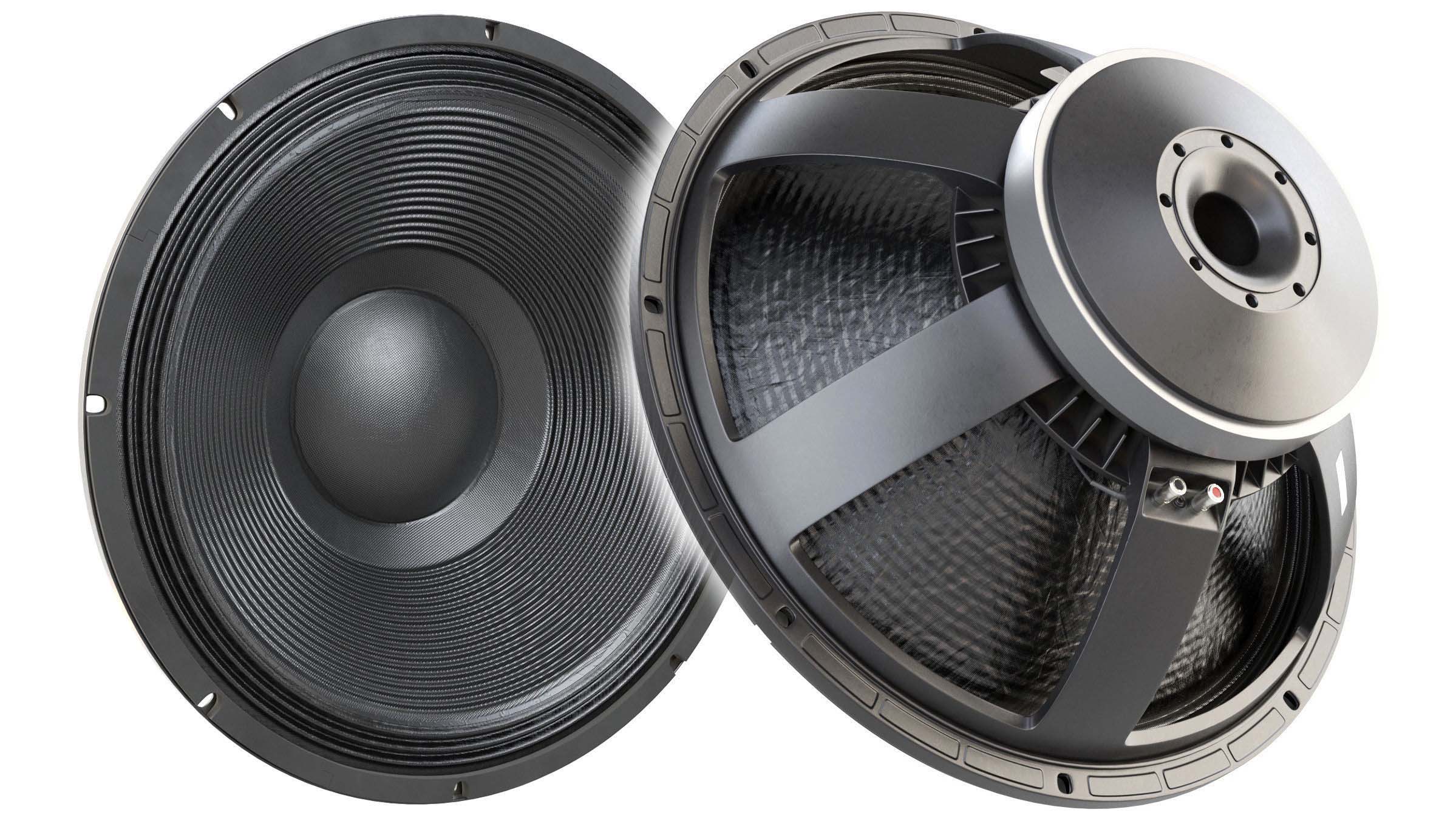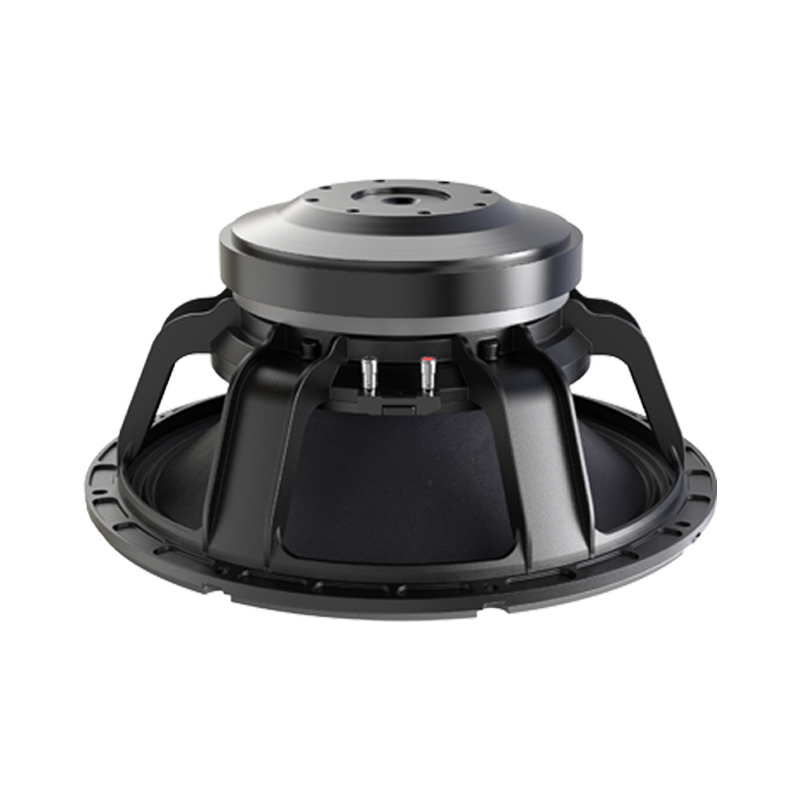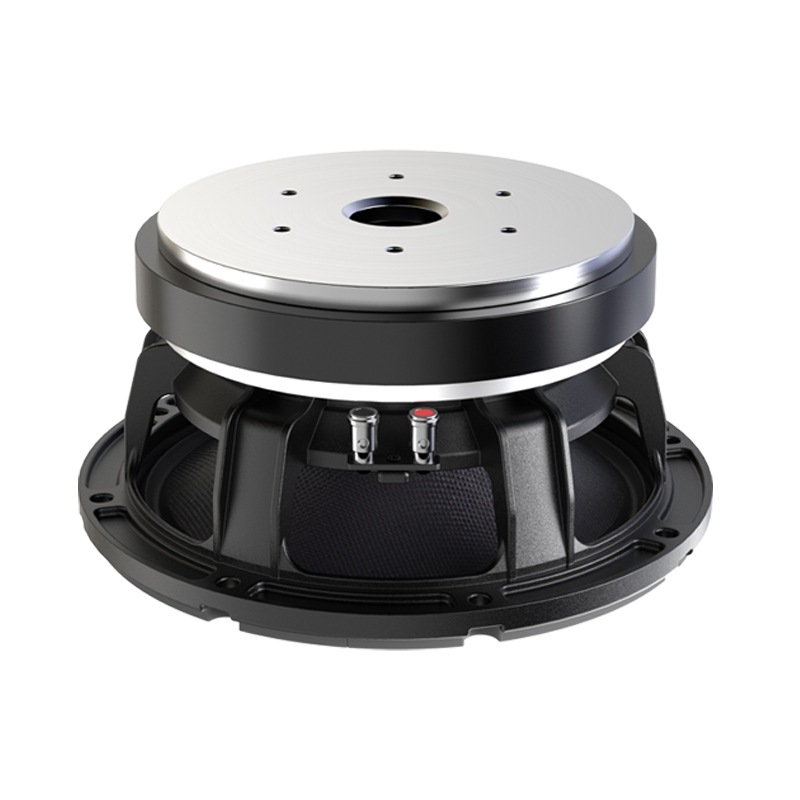
What Exactly is A Woofer?
Definition: A woofer (subwoofer) is designed to play low-frequency sound (usually 20Hz-200Hz) and restore low-frequency sound waves through vibration.
Core Concept:Frequency Response: The frequency range in which sound is effectively reproduced, with the woofer focusing on low-frequency dive capability.
Power: The strength (in watts) of an audio signal to be carried, positively related to the size of the unit and the materials used (voice coil, diaphragm, magnet), and ranging from hundreds of watts to kilowatts.
Impedance: Impedance to the audio signal (Ohm Ω), common 4Ω-16Ω, need to match with the amplifier to ensure safety and sound quality.
Driver: the core sound components (diaphragm, voice coil, magnets, etc.).
Function and Importance: Precision Low Frequency Replay: Reduces low frequency sound effects such as drums, explosions, etc., relying on large-size diaphragms (8-18 inches) and powerful magnetic circuit to achieve a deep and full effect.
Sound Field Foundation Construction: restore long-wave sound waves, provide a sense of rhythm and energy, to avoid thin sound. The midrange and tweeter work together to build a complete sense of hierarchy.
Reduce Distortion:High power carrying capacity (high temperature resistant voice coil, heat dissipation design) to ensure stable output at high volume to avoid sound breaking; special design to protect the tweeter and enhance the sense of presence.

What are the Types and Characteristics of Bass?
Active vs Passive:
Active:Built-in amplifier (Class D/Class AB) and electronic crossover (80-250Hz adjustable). Structure: power supply → preamplifier → crossover → amplifier → unit. Advantages: high integration, space saving, suitable for home theatre, car audio. Disadvantages: need power supply.
Passive: no built-in amplifier, relying on external amplifier drive, crossover frequency by the LC network or amplifier filtering is completed. Structure: box → (crossover) → unit. Advantages: no power supply, high flexibility, suitable for outdoor performance, professional tuning system. Disadvantages: the need for external amplifier.
HIFI Audio Bass Unit:
uses reinforced paper cone, polypropylene (PP cone) or composite fibre material (such as carbon fibre), the pursuit of natural and accurate tone, emphasis on low-frequency resolution and dynamic balance. For example, paper cones can delicately reproduce the bass details of jazz music due to their excellent damping characteristics. Because the internal consumption characteristics of the material directly affects the distortion, the natural fibre structure of the paper diaphragm can effectively suppress the split vibration and reduce harmonic distortion. Rated impedance is usually 8Ω, sensitivity in the range of 86-90dB/W, need to match the low and medium power output of high-fidelity amplifiers. The resonant frequency (F0) is controlled at 20-60Hz, and the Q0 value is about 0.4-0.6 (closed box or inverted box design), balancing the low-frequency extension and transient response. Suitable for wooden closed box or inverted box, such as HIFI bookshelf box or floor standing box, to reproduce the layering of timpani and the overtone structure of piano bass region in classical music.
Professional Audio Woofer:
adopts high-strength drying paper cone or glass/carbon fibre diaphragm, with large magnet size (e.g. 100mm or more) with multi-layer high temperature resistant voice coil, instantaneous power carrying up to 500W or more, peak sound pressure ≥ 120dB. Because the performance scenario requires long time and high load work, the glass/carbon fibre diaphragm has strong rigidity and fast heat dissipation, such as the impact of electronic drums in the concerts requires fast transient response. Sensitivity ≥95dB. Sensitivity ≥ 95dB / W, support for far-field sound reinforcement; box more designed for horn-loaded or double bass-reflex, to enhance the efficiency of low-frequency radiation. Wide directivity (horizontal diffusion angle > 90 °), covering the audience in the front area of the stage. Large PA system, such as outdoor music festival main expansion speaker, need to continuously output strong bass and resistant to temperature and humidity.
What is the Technical Principle of the Bass?
Sound Generation
An audio current passes through the voice coil, generating a Lorentz force in the magnetic field of the permanent magnet (magnet), which drives the voice coil to reciprocate (the direction and amplitude of movement is determined by the current). The voice coil vibrates the diaphragm, pushing the air to form sound waves. The overhangs provide compliant support and the bouncing wave fixes the position of the voice coil (determining the maximum linear stroke Xmax). The larger the diaphragm area, the more air it pushes, and the more efficient it is at low frequencies. The longer the stroke (Xmax), the deeper the low frequency dive (up to 20Hz or less).
Impedance Characteristics
AC impedance (Z = resistance Re + reactance X), varies with frequency. Typical values: domestic 4Ω/8Ω, professional 8Ω/16Ω, car 2Ω/4Ω. voice coil pure resistance (≈ 80% of nominal impedance). Resonance will cause the impedance to rise to 3-5 times the nominal value at Fo.
At the same time, the rise in inductive impedance at high frequencies will cause impedance to increase linearly with frequency after >200Hz. We also need to match impedance, amplifier nominal impedance should be ≥ speaker minimum impedance (not nominal, pay special attention to the peak at Fo). If not matched, it will lead to burn the amplifier, damping coefficient is reduced (affecting transients), sound quality degradation.
Example of Impedance Calculation: total impedance is reduced in case of parallel connection of multiple units (e.g. dual 8Ω in parallel = 4Ω). Dual voice coil (DVC) is to support series/parallel switching impedance (e.g. 2Ω + 2Ω: series = 4Ω, parallel = 1Ω), adaptability. Perform simple troubleshooting, voice coil short circuit (impedance ≈ 0Ω), broken circuit (impedance ∞), magnetic gap foreign matter (impedance fluctuation).
The woofer is the core component for high quality low frequency reproduction. Its performance is determined by key parameters such as frequency response (especially Fo and roll-off slope), power and impedance. Active and passive structures adapt to different application scenarios, and HiFi and professional units focus on different characteristics. Understanding electromagnetic drive, mechanical vibration and cabinet acoustics is the foundation, while accurate impedance matching and measurement are crucial to system stability, sound quality performance and equipment safety. Cutting-edge technology continues to push the boundaries of performance. Visit ZTZ Speaker products for more information.
 English
English


